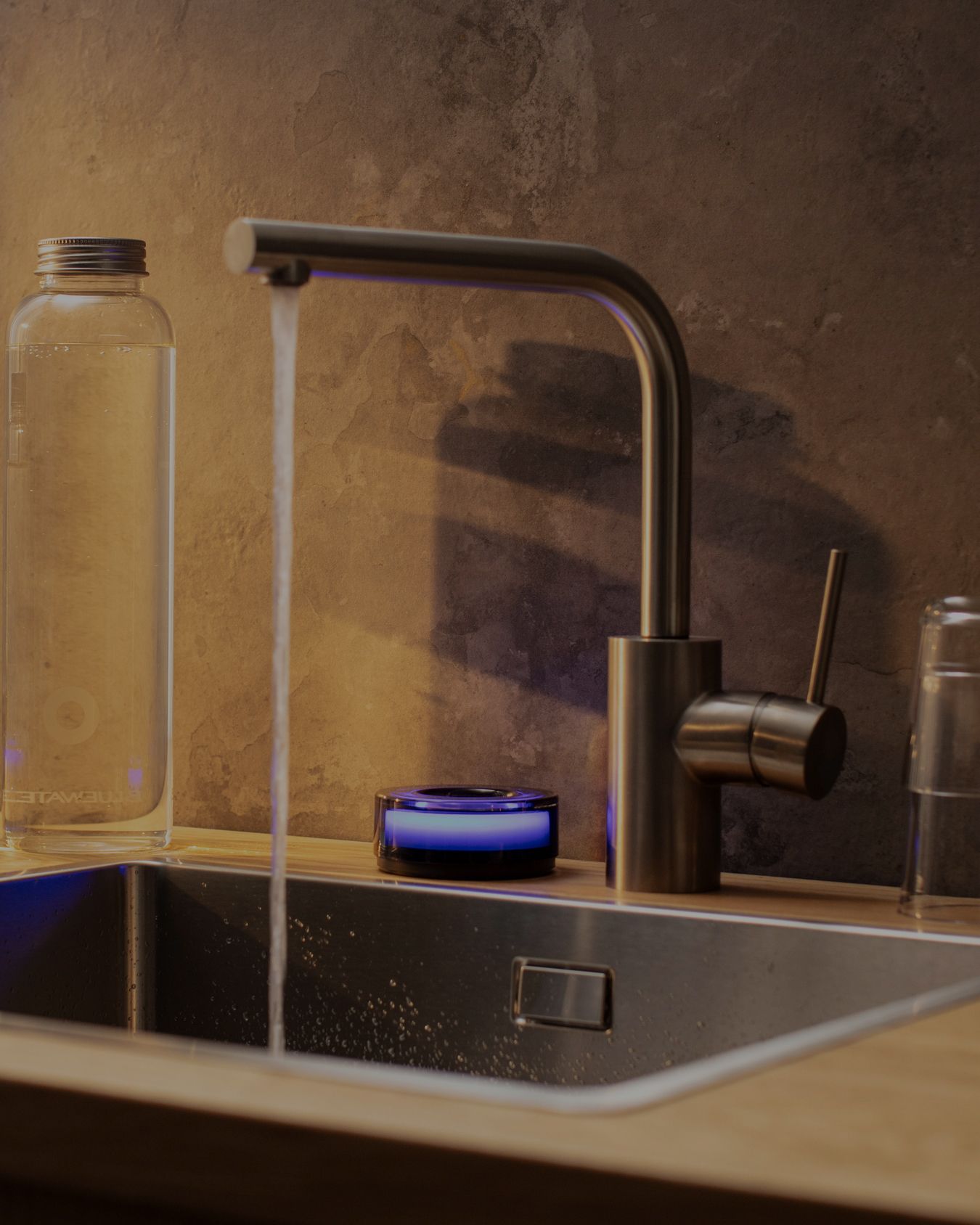Where does my water come from
Municipal Water Supply
Municipal water supply typically sources its water from both surface water and groundwater. Surface water includes lakes, rivers, and reservoirs, while groundwater is accessed via wells. Approximately 74% of water withdrawals in the U.S. come from surface water, while the remaining 26% come from groundwater (Center for Sustainable Systems) (USGS).

Private Wells
In rural areas, many homes rely on private wells, which draw water directly from groundwater sources. Private wells require regular testing and maintenance to ensure water safety and quality (CDC).
Bottled Water
Bottled water sources can vary, including natural springs, wells, and even municipal supplies that undergo additional filtration. This provides a convenient alternative to tap water, especially where tap water quality is a concern (CDC).
Rainwater Collection
Rainwater harvesting systems collect and store rainwater for domestic use. This is particularly beneficial in regions with limited water resources. Protecting watersheds from contamination helps ensure the quality of the collected rainwater (CDC).
Desalination
In areas with scarce freshwater resources but abundant seawater, desalination plants convert seawater into potable water. This process is increasingly important in arid regions and places with high water scarcity (USGS).
For more detailed information on these water sources, you can refer to reputable sites like the U.S. Geological Survey (USGS), the Centers for Disease Control and Prevention (CDC), and Encyclopaedia Britannica (Encyclopedia Britannica) (Center for Sustainable Systems) (CDC) (CDC) (USGS).
Specific Concerns
PFAS and Microplastics
Regardless of the source, water can be contaminated with PFAS and microplastics. Municipal supplies are regularly tested, but these contaminants can still be present. Private wells are less regulated and may require independent testing.
Health and Environment
Ensuring your water is clean and safe is essential for health and environmental protection.
Solutions
To ensure the safety and quality of your water, consider using advanced filtration systems like those offered by Bluewater. Their systems are designed to remove contaminants, including PFAS and microplastics, providing you with clean, healthy water directly from your tap.
For a comprehensive solution, explore products such as the Bluewater Kitchen Station 1™, which uses SuperiorOsmosis™ technology to purify water and add beneficial minerals, ensuring both safety and great taste.
Understanding the source of your water and taking steps to ensure its quality can help protect your health and contribute to environmental sustainability.


